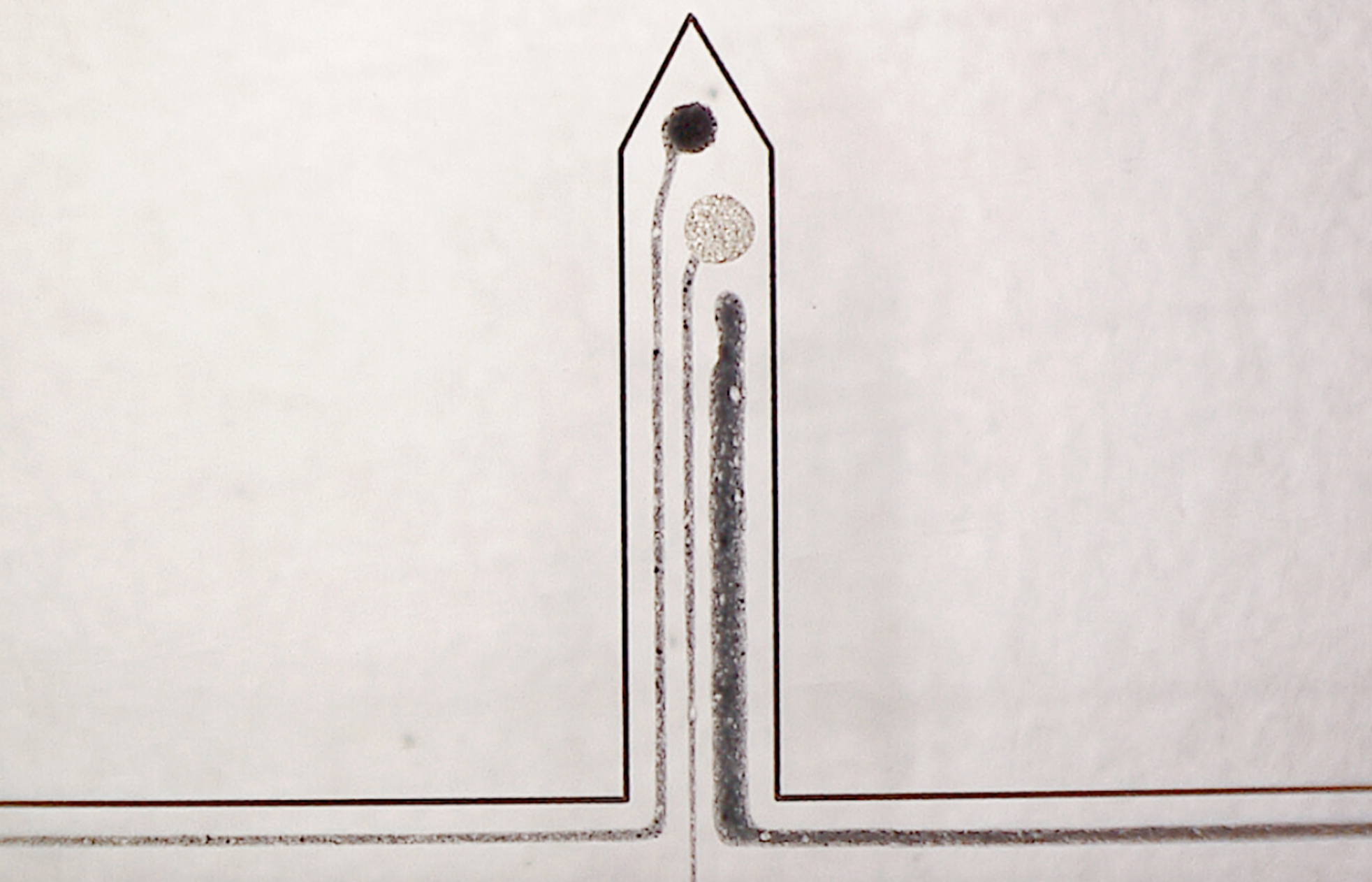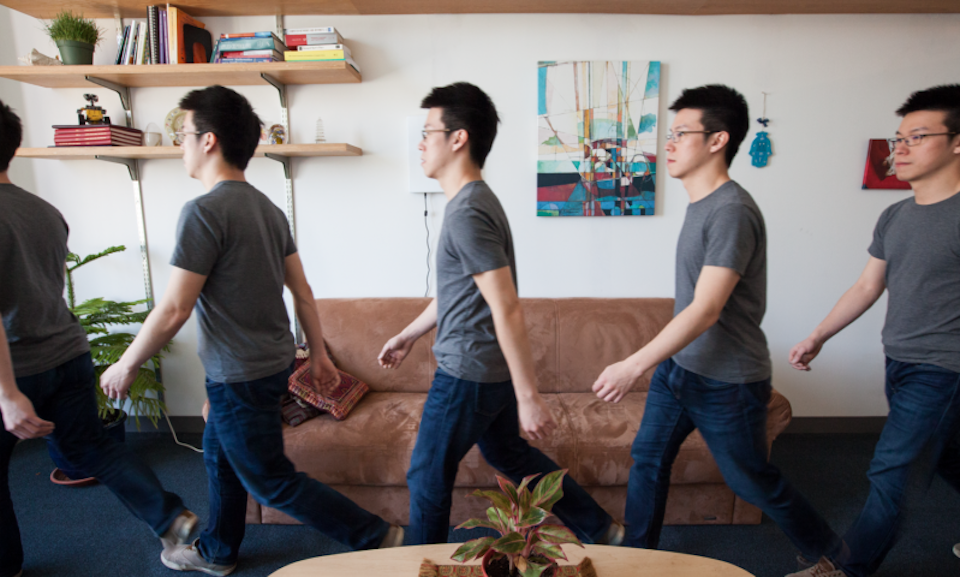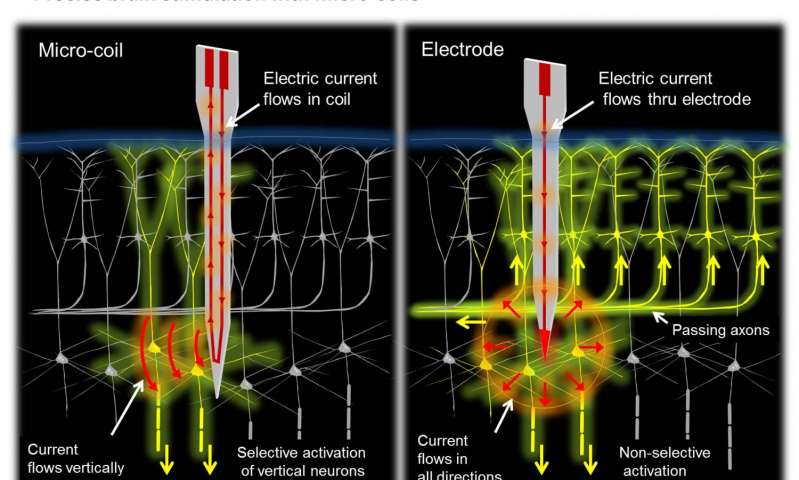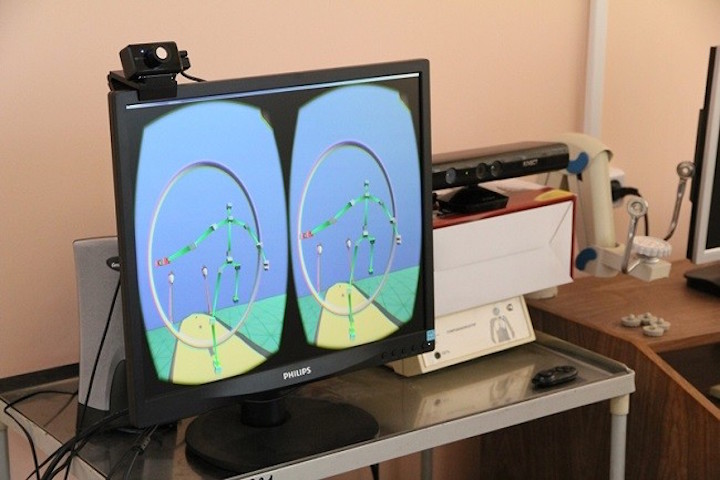Search results for: “parkinson's”
-

Sensors + algorithm quantify, analyze body movement to optimize exercise/treatment
FIGUR8 has commercialized MGH/MIT Media Lab research to create a sensor and algorithm to measure and track body movement as a biomarker. The wearable creates a movement baseline, diagnoses dysfunction, identifies injury risk, optimizes exercise routines and tracks progress. During movement, the sensor quantifies muscle activity and joint mobility, and the algorithm analyzes more than…
-

Glutamate sensor could predict migraines, monitor CNS drug effectiveness
Riyi Shi and Purdue colleagues have developed a tiny, spinal cord-implanted, 3D printed sensor that quickly and accurately tracks glutamate in spinal trauma and brain disease. The goal is to monitor drug effectiveness, and predict migraine headaches in humans, although it has only been tested on animals. Glutamate spikes are often missed. Damaged nerve structures allow glutamate…
-

First 5G-enabled remote brain surgery
Dr Ling Zhipei at PLAGH, has used a 5G mobile network to remotely implant DBS electrodes in a Parkinson’s patient’s brain. China Mobile and Huawei technology enabled him to control surgical robots from a distance of 1800 miles. 5G technology could transform medical care for those living in poor and remote areas. According to Ling: “The…
-

Fingertip wearable measures disease-associated grip strength
IBM researchers are studying grip strength, which is associated with the effectiveness of Parkinson’s drugs, cognitive function in schizophrenics, cardiovascular health, and elderly mortality. To better understand these markers, Steve Heisig, Gaddi Blumrosen and colleagues have developed a prototype wearable that continuously measures how a fingernail bends and moves. The project began as an attempt to…
-

Implanted sensors track dopamine for a year
Helen Schwerdt, Ann Graybiel, Michael Cima, Bob Langer, and MIT colleagues have developed and implantable sensor that can measure dopamine in the brain of rodents for more than one year. They believe that this can inform the treatment and understanding of Parkinson’s and other brain diseases. According to Graybiel, “Despite all that is known about…
-

Invasive deep brain stimulation for alcoholism?
Stanford’s Casey Halpern and Allen Ho have used deep brain stimulation to target nucleus accumbens, thought to reduce impulsive behavior, to combat alcoholism in animal and pilot human studies. DBS is used in severe Parkinson’s disease and is not approved by the FDA for addiction. Infection and other complications are risks of this invasive surgery. ApplySci hopes that…
-

AI driven, music-triggered brain state therapy for pain, sleep, stress, gait
The Sync Project has developed a novel, music-based, non-pharmaceutical approach to treating pain, sleep, stress, and Parkinson’s gait issues. Recent studies showed Parkinson’s patients improved their gait when listening to a song with the right beat pattern, and post surgery patients used 1/3 the amount of self-administered morphine after listening to an hour of music.…
-

Wall sensor monitors walking speed, stride to track health
MIT’s Dina Katabi, Chen-Yu Hsu, and colleagues have developed WiGait, a wall sensor that detects walking speed and stride to monitor health. This builds on previous MIT research which showed that radio signals could track breathing and heart rate, without wearables. The system works by transmitting low-power radio signals and analyzing how they reflect off bodies within a…
-

Carbon electrode technique tracks dopamine in the brain
Michael Cima and MIT colleagues have developed a more precise tool to measure dopamine in the brain, to be able to study its role in in learning, memory, and emotion. The new carbon electrode based technique can cover more of the brain, and provide longer, more accurate neurotransmitter readings, than previously possible. The goal is…
-

Magnetic coils might improve neural prostheses
Neocortex stimulation is used to treat neurological disorders, including Parkinson’s disease and paralysis. Current electrode-based implants have limited efficacy. It is difficult to create precise patterns of neural activity, or to achieve consistent responses over time. This can be addressed by magnetic stimulation, but until now, coils small enough to be implanted into the cortex…
-

Voice analysis as a diagnostic tool
Beyond Verbal recently used its emotion-detecting voice analysis app in an attempt to predict coronary artery disease in 150 study participants, 120 of whom had presented for angiography. The company claims to have identified 13 voice features associated with CAD – and one associated with a 19-fold increase in its likelihood. The researchers said that…
-

VR for early neurodegenerative disease detection, personalized rehabilitation
Tomsk Polytechnic and Siberian State University scientists David Khachaturyan and Ivan Tolmachov have developed a VR based neurodegenerative disorder diagnosis system. The goal is the early detection and tretment of diseases, including MS and Parkinson’s. The next step is the use of VR systems, like Glass and Kinect, for personalized rehabilitation. 50 subjects, both healthy…